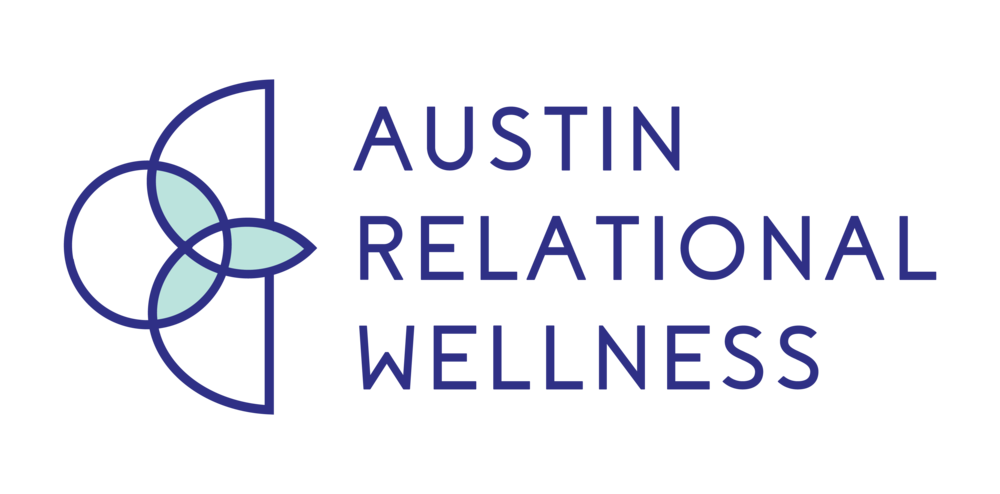Do you recall a time when you were driving, a song came on, and as a result, you felt a certain emotion or had a specific memory? Then what happened? Did you feel sad and cry, or maybe you got mad and got upset? Then what did you do? Did you text your ex because the song made you think of them or honk at a car around you because you were mad?
Sometimes, do you feel like these experiences are out of your control? Our thoughts impact our emotions, which influence our behavior. This concept is the foundation of a type of therapy called Cognitive Behavioral Therapy, also known as CBT.
The premise of CBT is about how what we feel, what we think, and how we act impact one another.
Let’s take another example - you go on Instagram, see someone posted a picture on vacation with their new girlfriend, and you then think, “I will die alone.”
This is an example of what we call a cognitive distortion - a thought pattern or belief that is exaggerated, irrational, or inaccurate. Sometimes we create cognitive distortions from thoughts, emotions, and behaviors.
CBT therapy helps you process your thoughts, feelings, and behaviors in order to be more present. One way to do this is by working with cognitive distortions.
Examples of cognitive distortions:
Black and white thinking - you have an all-or-nothing mentality
Example: “I didn’t do the dishes. I am lazy, and I am a failure.”
Catastrophizing - you go to the extreme, worst-case scenario
Example: “I will not pass the exam, and it will be a bad experience.”
Discounting - you feel unworthy and discount an experience, justifying the unworthiness
Example: “I only passed because I got lucky.”
Emotional reasoning - you rationalize your feeling
Example: “I feel sad, so something must be wrong with my career.”
Labeling - you label yourself as something negative
Example: “I am broken.”
Should statements - you guilt or shame yourself for what you think you are supposed to do
Example: “I should fold the laundry right now, even though I am exhausted.”
Blaming - you blame someone or something else
Example: “It is my mom's fault for being like this.”
Overgeneralizing - you generalize an experience
Example: “I had bad luck last time I tried this. I will never get it right.”
Mind reading - assuming what someone else is thinking
Example: “I know he doesn’t like me.”
Cognitive distortions can impact how we feel about ourselves, go about our day, and impact our overall well-being. With CBT strategies, we can become more aware and train ourselves to be aware of these thoughts, beliefs, and behaviors to improve our quality of life.
Here are a few CBT strategies:
Cognitive Restructuring
This strategy is about identifying and reframing cognitive distortions with a better outlook.
For example, you recognize when tell yourself that you are lazy because you should have been more productive (an example of a should statement and an overgeneralization). You can use the strategy of cognitive restructuring to reframe and consciously remember all the times you have been productive, then instead tell yourself that maybe you need rest right now.
Mindfulness
Mindfulness is one of the best ways to be present. Mindfulness practices include breathing, meditation, journaling, and moving your body. The key is to purposefully engage in and focus on an experience without any evaluation or judgement. With a mindfulness practice, you become more aware of your thoughts, befriend them, and are able to just be with them. You can bring the subconscious to consciousness. You can respond versus react to your thoughts. By tuning into yourself, you can intentionally replace your cognitive distortions with cognitive restructuring.
Other CBT strategies include exposure therapy, self-compassion, behavioral activation, and skill training.
Realizing that some of these cognitive distortions are ones you use at times? Reach out to Sarah for support in recognizing and working with cognitive distortions in individual CBT therapy.
Article by Sarah Imparato, MA, LMFT Associate
Offering Couples Therapy & Individual Therapy in Austin, Texas









































































